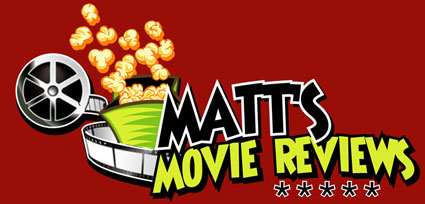An incredible, ground breaking achievement, Dawn of the Planet of the Apes brilliant visual effects is matched by an emotional and moral depth only seen in the most influential of blockbusters.
In doing so it joins that special group of film – the Star Wars, Matrix, and Avatar’s of the cinematic world – that elevates the genre and “summer blockbuster” tag attached to them. Dawn of the Planet of the Apes also establishes director Matt Reeves as a present and future master of this type of filmmaking, joining J.J. Abrams (Super 8) and Rian Johnson (Looper) in the process.
While the Rupert Wyatt directed Rise of the Planet of the Apes was itself a stunning achievement, Dawn of the Planet of the Apes is a sequel that trumps it in every facet: visual effects (amazingly!), dramatics, tone and performance. Where Rise… laid the groundwork for the complex and violent relationship between man and ape, Dawn… takes it to the next level and beyond, combining the epic with the intimate to stunning effect.
The film begins 10 years after the events of Rise…, where a fatal man killing virus has wiped out the majority of humanity. Deep in San Francisco’s Redwood forest, genetically enhanced chimpanzee Ceaser (Andy Serkis) leads a growing nation of equally intelligence apes numbering in the thousands in peaceful seclusion, dispensing his education and wisdom as the human world crumbles around them.
That solitude is broken when a desperate band of humans unknowingly crosses into their territory, placing Ceaser in a predication of fatal consequence to either help the humans and in turn face mutiny by his second in charge Koba (Toby Kebbell), or go to war against an armed and desperate species nearing extinction.
Reeves – working off a scripting by Rick Jaffo, Amanda Silver and Mark Bomback – does a great job in establishing the fragile relationship between man and ape, with many tense moments ramping up the stakes in this delicate co-existence that’s a mere step away from interspecies war.
Yet more impressive is the heavy emotional interplay between Ceaser and human survivor and engineer Malcolm (Jason Clarke), with the two forming a strong bond. Reeves brilliantly presents the two as family men who understand the consequence of war, yet are not naïve in knowing that in the animal kingdom fear is a strong precursor to violence.
Performances wise there is much to like here. Jason Clarke brings an everyman vibe that grounds the spectacular novelty that is Dawn of the Planet of the Apes, and Gary Oldman is a strong well of emotion as the leader of a desperate band of humans who look to him for survival.
Yet it’s those motion capture performances that will make audiences (and hopefully Academy members) go ape, with those magnificent bastards at Weta Digital once again raising the bar with new mo-cap technologies creating even better photo-realistic visuals.
It’s the souls placed in these digital creations that is equally – if not more – impressive. As Ceaser, Andy Serkis provides a brilliant portrayal of a strong, conflicted and haunted being caught in a dangerous and complex situation. With every movement and every throaty word uttered there is a weight that Serkis channels through the pixels and into our hearts and minds.
Just as impressive is Toby Kebbell. While the British actor is often wasted in big budget fodder, in Dawn of the Planet of the Apes he delivers a scene stealing, scary performance as the vengeful Koba whose loyalty to Ceaser is outweighed by his thirst for human blood, yet one that is tied to deep psychological and physical scarring by human hands.
Reeves masterful weaving of the spectacular visual effects, powerful emotional depth and complex morality rich themes has created not only an entertaining blockbuster, but a transcendent one that is rich in value and in message. Not only is Dawn of the Planet of the Apes the best blockbuster of the year, but it could damn well be one of the best films of the year as well. |
